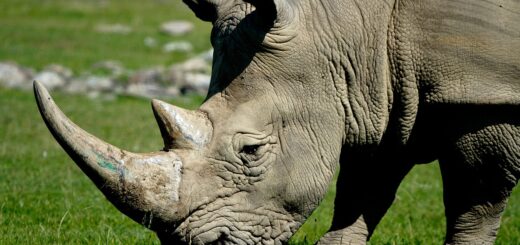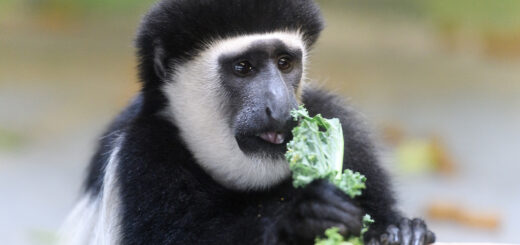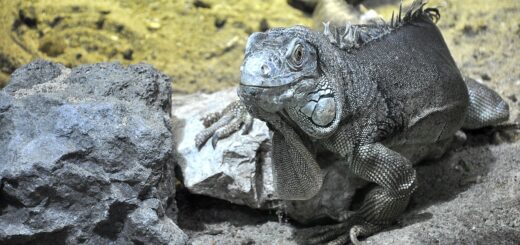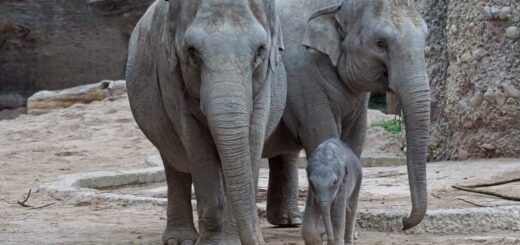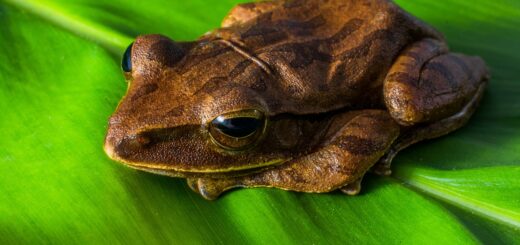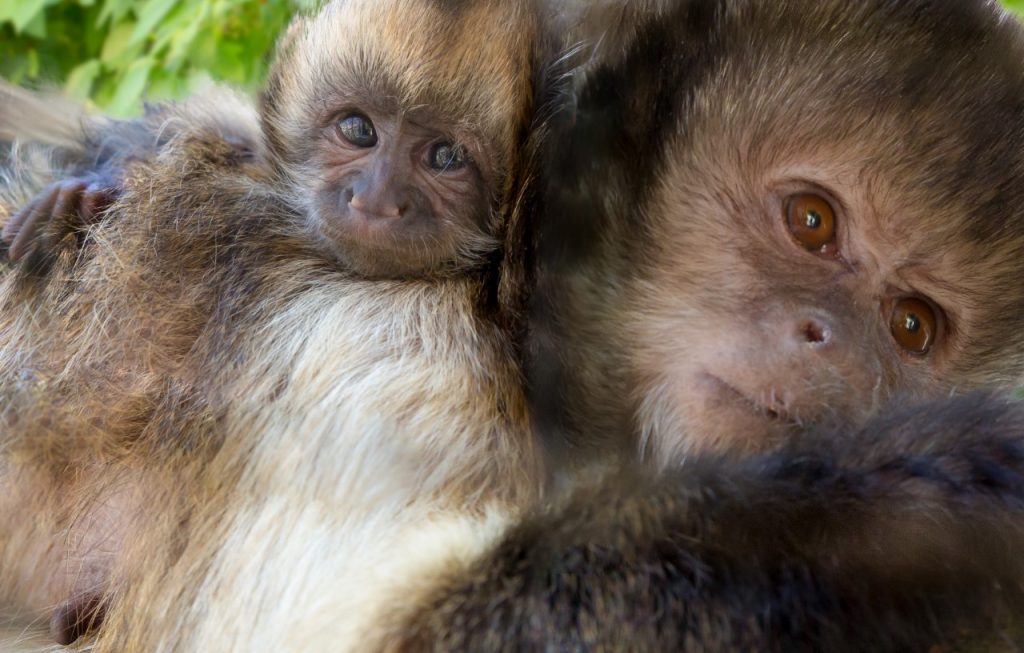Comparative crop milk composition in grantivorous and frugivorous Columbidae
Citation
Maslanka M, Power M, O’Malley R, Roberts H. 2009. Comparative crop milk composition in grantivorous and frugivorous Columbidae. In Ward A, Treiber K, Schmidt D, Coslik A, Maslanka M, Eds. Proceedings of the Eighth Conference on Zoo and Wildlife Nutrition, AZA Nutrition Advisory Group, Tulsa, OK.
Abstract
Crop milk, a glandular secretion produced by doves, pigeons, and some species of penguins and flamingoes, was collected from five different species of dove squabs at the Memphis Zoo between day 0 and 14 post-hatching. These species (Ptilinopus jambu, Ptilinopus magnificus, Gallicolumba luzonica, Gallicolumba rufigula, and Streptopelia decaocto), range from primarily frugivorous to primarily granivorous representatives of Columbidae. The samples were analyzed for dry matter, crude protein, and fat in an effort to better delineate the nutrient content of crop milk secretions through the initial feeding period, and subsequent improvement of hand-rearing diets for Columbids. Dry matter and fat content increased significantly with chick age across all species, but crude protein was relatively constant among each species. Data were confounded by the inclusion of varied amounts and ingredients of the adult diet by the parents, but initial observations indicate that nutrient content of crop milk secretions may change regardless of adult diet, through the first 14 days of feeding period. Further collection and analysis of crop milk from squabs fed by parents consuming a consistent diet for the entire collection period will assist in further delineating differences among species of fruit doves with disparate foraging strategies.
 24_Maslankacropmilk.pdf 153 KB
24_Maslankacropmilk.pdf 153 KB


